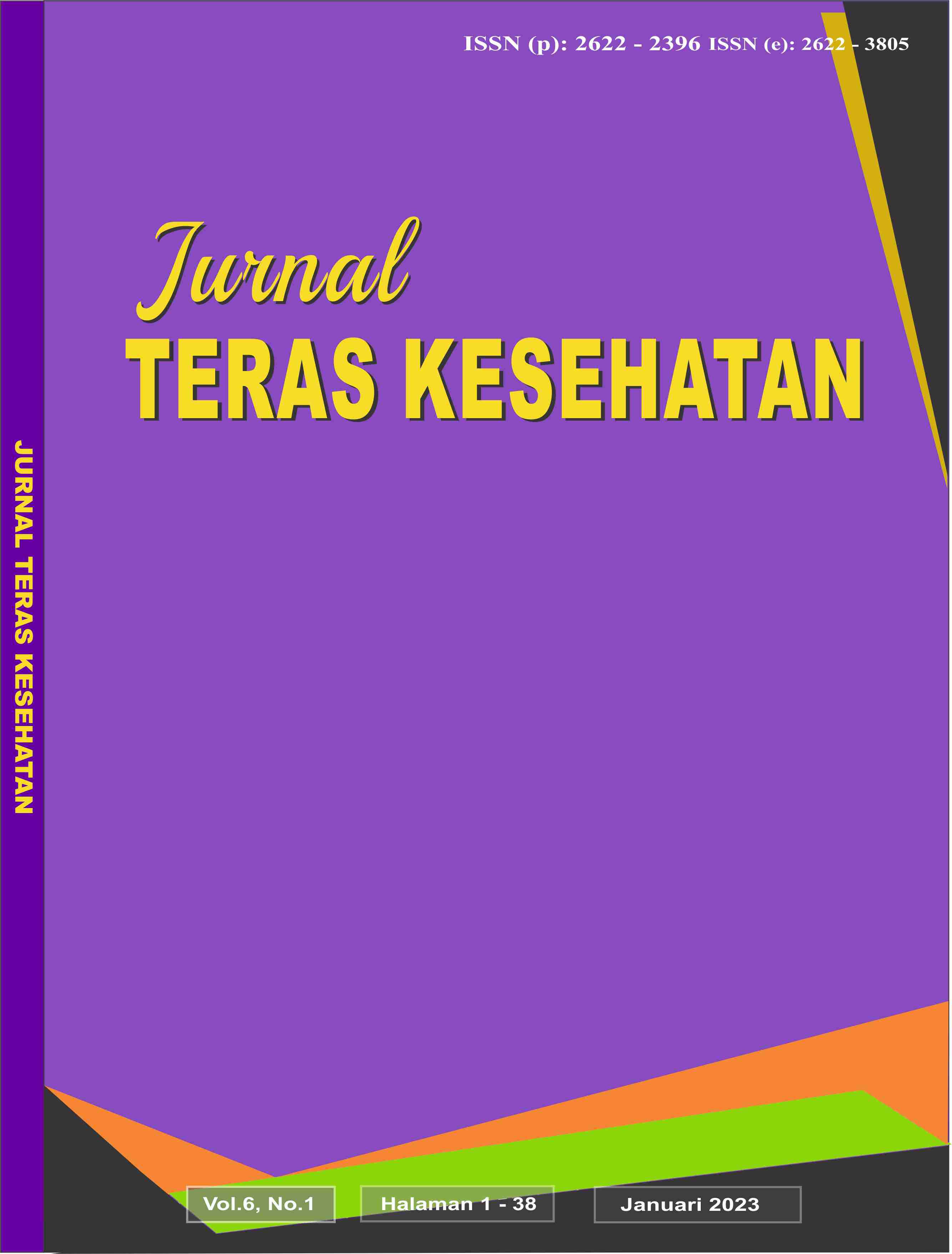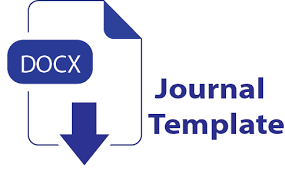Komparasi Treatment Planning Pada Kanker Leher Rahim Menggunakan Teknik 3DCRT Dan IMRT
DOI:
https://doi.org/10.38215/jtkes.v6i1.104Keywords:
cervical cancer , dose, IMRT, treatment planning, 3DCRTAbstract
Cancer is a non-communicable disease that is still a health problem in the world, including Indonesia. About 50 percent of cancer treatments worldwide are performed using radiotherapy. In its implementation, radiotherapy includes several stages, one of which is treatment planning. This study aims to assess the difference in dose received by PTV and OARs in planning using IMRT and 3DCRT techniques in cervical cancer patients. The method used in this study is scanning using a CT simulator, delineating PTV and healthy organs around the tumor (OARs), and planning using treatment planning system software. The results showed that in OARs, 3DCRT planning resulted in a dose of 4000 cGy by hitting 58.28% of the buli volume, and a dose of 5000cGy by hitting 17.76% of the rectum volume. While planning IMRT, a dose of 4000cGy hits 31.50% of the buli volume, and a dose of 5000cGy hits 12.29% of the rectum volume. In PTV, the doses produced by 3DCRT and IMRT planning were 4750cGy and 4750 cGy, and hit 95.18% and 98.71% of PTV volume, respectively. This study concludes that planning using IMRT is better than planning using 3DCRT in cases of cervical cancer. T
Downloads
References
Aarup, L. R., Nahum, A. E., Zacharatou, C., Juhler-Nøttrup, T., Knöös, T., Nyström, H., Specht, L., Wieslander, E., & Korreman, S. S. (2009). The effect of different lung densities on the accuracy of various radiotherapy dose calculation methods: Implications for tumour coverage. Radiotherapy and Oncology, 91(3), 405–414. https://doi.org/10.1016/j.radonc.2009.01.008
Ashraf, M., Janardhan, N., Bhavani, P., Shivakumar, R., Ibrahim, S., Reddy, P. Y., Surrendharen, J., Sarangnathan, B., Johnson, B., Madhuri, B., & Dar, R. A. (2014). Dosimetric comparison of 3DCRT versus IMRT in whole breast irradiation of early stage breast cancer. Original Article Abstract. Int. J of Cancer Therapy and Onc, 1–9.
Bayouth, J. E., & Morrill, S. M. (2003). MLC dosimetric characteristics for small field and IMRT applications. Medical Physics, 30(9), 2545–2552. https://doi.org/10.1118/1.1603743
Brugmans, M. J. P., Van Der Horst, A., Lebesque, J. V., & Mijnheer, B. J. (1998). Dosimetric verification of the 95% isodose surface for a conformal irradiation technique. Medical Physics, 25(4), 424–434. https://doi.org/10.1118/1.598217
IAEA TECDOC 1540. (2007). Specification and Acceptance Testing of Radiotherapy Treatment Planning Systems. Iaea Tecdoc, April.
IAEA TRS 430. (2007). Commissioning and Quality Assurance of Computerized Planning Systems for Radiation Treatment of Cancer. Health Physics, 92(4), 407–408. https://doi.org/10.1097/01.HP.0000256888.06234.e3
ICRU Report 50. (1993). Prescribing, Recording, and Reporting Photon Beam Therapy.
ICRU Report 62. (2001). Prescribing, Recording and REporting Photon Beam Therapy (Suplement to ICRU Report 50). In The British Journal of Radiology (Vol. 74, Issue 879).
ICRU Report 83. (2019). Prescribing, Recording, and Reporting Photon-Beam Intensity-Modulated Radiation Therapy. In Journal of the ICRU (Vol. 19, Issue 1). https://doi.org/10.1177/1473669119895169
Johnson, T. K. (2007). Commissioning and Quality Assurance of Computerized Planning Systems for Radiation Treatment of Cancer. Health Physics, 92(4), 407–408. https://doi.org/10.1097/01.hp.0000256888.06234.e3
Podgorsak. (2008). Radiation Oncology Physics: A Handbook for Teachers and Students. In Vienna (Vol. 98). https://doi.org/10.1038/sj.bjc.6604224
Thwaites, D. (2013). Accuracy required and achievable in radiotherapy dosimetry: Have modern technology and techniques changed our views? Journal of Physics: Conference Series, 444(1). https://doi.org/10.1088/1742-6596/444/1/012006

Downloads
Published
Issue
Section
License
Copyright (c) 2023 Jurnal Teras Kesehatan

This work is licensed under a Creative Commons Attribution-ShareAlike 4.0 International License.
Authors who publish articles in Jurnal Teras Kesehatan agree to the following terms:
- Authors retain copyright of the article and grant the journal the right of first publication with the work simultaneously licensed under a CC-BY-SA or the Creative Commons Attribution–ShareAlike License.
- Authors can enter into separate, additional contractual arrangements for the non-exclusive distribution of the journal's published version of the work (e.g., post it to an institutional repository or publish it in a book), with an acknowledgment of its initial publication in this journal.
Authors are permitted and encouraged to post their work online (e.g., in institutional repositories or on their website) prior to and during the submission process, as it can lead to productive exchanges, as well as earlier and greater citation of published work (See The Effect of Open Access)











